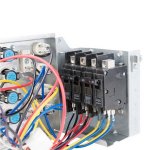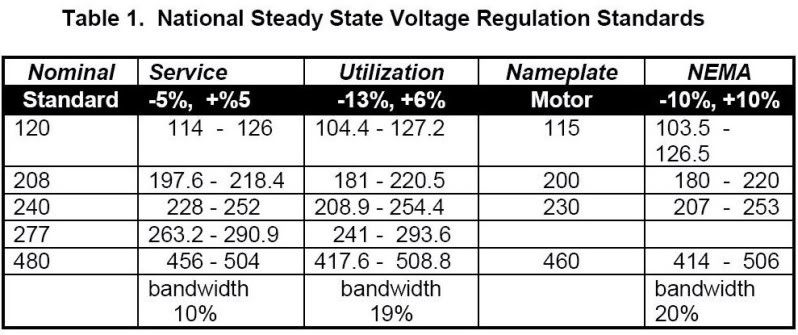david
Senior Member
- Location
- Pennsylvania
If the electric furnace has breakers installed in the unit this usually comes as a kit from the factory. The breakers supplied with the heater kit are sized to the heaters installed and any other load in the unit.
Then perhaps the supplier is installing the 60 amp fuses or 60 amp two pole breakers or they are getting installed at the HVAC guys shop,
All we are asking is for the electrician wiring the home and the HVAC guys to coordinate between the two and at the final either the overcurrent in the panel supplying the units or the overcurrent at the units be in compliance with the name plate max overcurrent protection.



